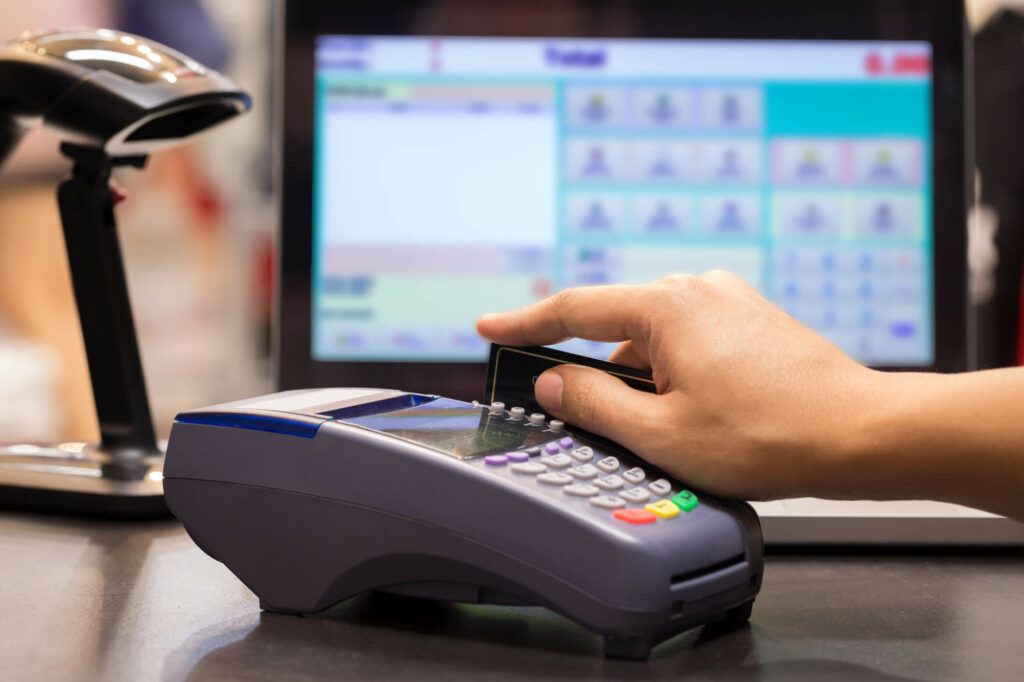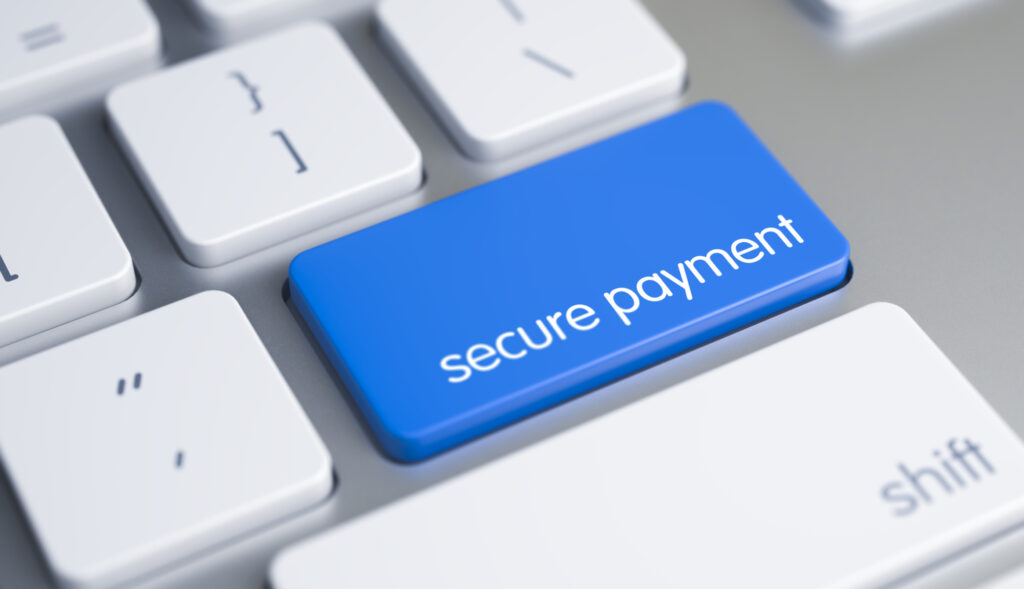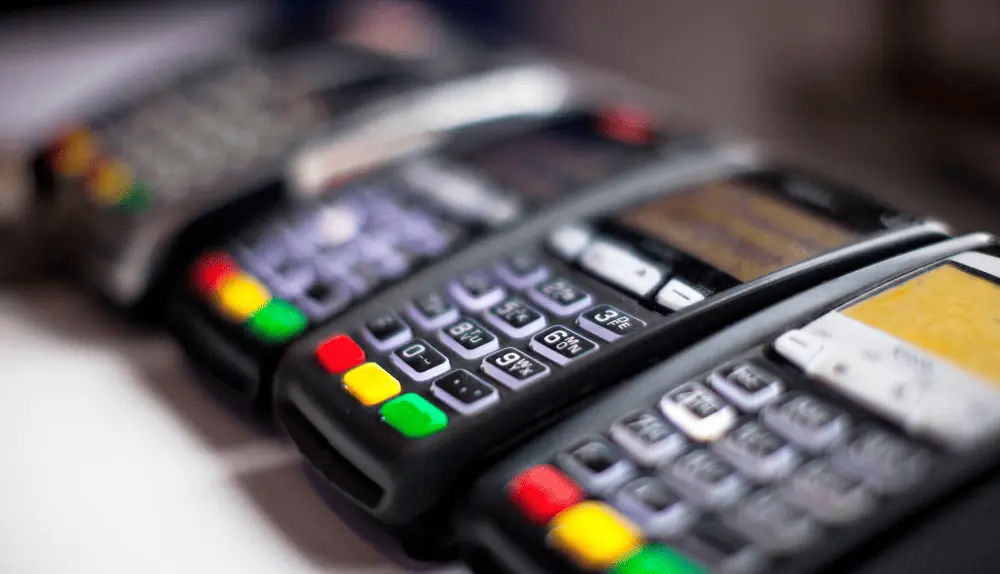In the world of payment transactions, a significant shift has occurred with the introduction of a liability shift for enrolled cards. The phrase “Successful Liability Shift for Enrolled Card is Required” has become a buzzword among merchants and financial institutions alike. But what exactly does it mean? Simply put, it means the responsibility for fraudulent transactions transfers from the merchant to the card issuer or payment network.
This liability shift has implications for both businesses and consumers, impacting the way transactions are processed, secured, and resolved. To fully comprehend the implications and significance of this shift, it is essential to delve deeper into the concept and explore its practical applications in today’s evolving payment landscape.
What Does the Error “Successful liability shift for enrolled card is required” mean?

This error message often occurs in the context of online transactions or point-of-sale purchases. It is a notification that indicates a critical requirement for successfully completing a payment transaction. The term “liability shift” refers to the transfer of responsibility for fraudulent charges from the merchant to the card issuer or payment network.
In other words, if a liability shift occurs, the card issuer or payment network rather than the merchant assumes liability for any fraudulent activity during the transaction. However, for this liability shift to occur, the card used for the transaction must be enrolled in a program that supports it, such as EMV chip technology or 3D Secure authentication.
If the card is not used or if the transaction does not meet the necessary criteria for a successful liability shift, the error message is triggered, and the transaction may be declined or flagged for further verification. Resolving this error typically involves ensuring the necessary security measures are in place and the card is used correctly to enable a successful liability shift.
Why Does the Error “Successful Liability Shift for Enrolled Card is Required” Error Occur?
The error message can occur during payment transactions, both online and at physical point-of-sale locations. Understanding the reasons behind this error is crucial for businesses and consumers alike. Here, we will explore the primary factors that contribute to the occurrence of this error message.
Lack of Enrolled Card
One common reason for the error is the absence of an enrolled card. Certain payment programs and technologies, such as EMV chip cards or 3D Secure authentication, offer enhanced security measures to protect against fraud. However, for the liability shift to occur, the card being used must be enrolled in such a program. If the card being used does not have the necessary enrollment or security features, the error message is triggered, indicating that the transaction cannot proceed without a card that supports the liability shift.
Failure to Meet Liability Shift Criteria
Even if an enrolled card is used, certain criteria must be met for a successful liability shift to occur. These criteria vary depending on the payment method, card network, and merchant setup. For example, in EMV chip card transactions, both the card and the terminal need to support EMV technology. If any of the components involved do not meet the required criteria, such as using a magnetic stripe instead of the chip, the liability shift may not be possible, resulting in an error message.
Inadequate Security Measures
The liability shift concept is rooted in the aim of reducing fraud and enhancing security in payment transactions. If a merchant’s security measures are deemed insufficient, it can prevent a successful liability shift. Merchants must adhere to industry standards and guidelines for secure transactions, such as implementing robust encryption and tokenization protocols. Failure to meet these security standards can trigger an error message, indicating that the transaction cannot proceed until the necessary security measures are in place.
Payment Processor Limitations
Sometimes, the error message can be attributed to limitations or restrictions imposed by the payment processor. Payment processors act as intermediaries between merchants and card issuers, facilitating the authorization and settlement of transactions. In certain cases, a payment processor may have specific requirements or configurations that need to be met for a successful liability shift. If these requirements are not fulfilled, an error message may be displayed, indicating that the transaction cannot proceed without meeting the processor’s criteria.
The error message serves as a reminder of the importance of security in payment transactions. It occurs when an enrolled card is necessary for a liability shift, but either the card is not enrolled, the transaction does not meet the criteria, the security measures are inadequate, or the payment processor has specific requirements. By understanding these factors, businesses and consumers can take the necessary steps to ensure compliance with security protocols, reducing the risk of fraud and facilitating smooth, secure transactions.
Using Gift Cards for Payment to Merchants Who Don’t Support

The error message often arises when customers attempt to use gift cards to pay merchants who do not support them. This issue is particularly prevalent in situations where customers are trying to use gift cards to tip or subscribe to content creators on platforms like OnlyFans.
In the case of OnlyFans, the error occurs because the platform does not accept gift cards as a valid payment method. OnlyFans exclusively supports credit and debit cards for transactions, and gift cards are not part of their accepted payment options. Consequently, when users attempt to utilize gift cards to tip or subscribe to an OnlyFans creator, the error message is displayed, indicating that the transaction cannot proceed due to the unsupported payment method.
Gift cards have gained popularity as a convenient and flexible way to make purchases, and many consumers rely on them for various transactions. However, not all merchants or platforms accept gift cards as a valid form of payment. Each merchant has its own accepted payment methods, which are usually outlined in their terms and conditions or payment policy. It is essential for consumers to familiarize themselves with these requirements before attempting to use gift cards for payment.
When encountering this error message, customers should consider alternative payment options that are supported by the merchant. In the case of OnlyFans, customers will need to use a valid credit or debit card to complete their transactions.
It is worth noting that the acceptance of gift cards for payment may vary widely among different merchants and platforms. While some businesses embrace gift cards and facilitate their use, others may have restrictions or limitations in place. It is always advisable for customers to review the accepted payment methods of a merchant before attempting to use gift cards, ensuring a smooth and successful transaction process.
In conclusion, when customers encounter the error message while trying to use gift cards, it usually indicates that the merchant does not support gift cards for payments. In the case of OnlyFans, gift cards are not accepted, and customers must use valid credit or debit cards for transactions. Familiarizing oneself with the accepted payment methods of a merchant beforehand is crucial to avoid such errors and facilitate seamless payments.
What is 3D Secure for Credit and Debit Cards?

3D Secure is an authentication protocol developed by major card networks to enhance the security of online credit and debit card transactions. It provides an additional layer of protection against unauthorized card usage, reducing the risk of fraud for both cardholders and merchants.
Overview of 3D Secure
- 3D Secure is an authentication protocol implemented by card networks such as Visa (Verified by Visa) and Mastercard (Mastercard SecureCode).
- It is designed to add an extra layer of security to online transactions, verifying the cardholder’s identity.
- The protocol requires an additional authentication step beyond the traditional card details (card number, expiry date, and CVV) for online transactions.
How 3D Secure Works
- When a cardholder initiates an online transaction with a participating merchant, the 3D Secure process is triggered.
- After entering card details, the cardholder is redirected to their card issuer’s website or a separate 3D Secure authentication page.
- The cardholder is prompted to authenticate their identity through methods such as entering a one-time password (OTP) or using biometric authentication.
- The authentication step ensures that the person making the transaction is a legitimate cardholder.
Benefits for Merchants
- Merchants who support 3D Secure benefit from reduced liability for fraudulent transactions.
- If a transaction is authorized through 3D Secure and later found to be fraudulent, the liability shifts from to the card issuer or payment network from the merchant.
- This reduces the financial burden and potential losses for merchants.
Benefits for Cardholders
- 3D Secure provides increased confidence to cardholders when making online transactions.
- The additional layer of security offered by 3D Secure helps protect cardholder information and reduces the risk of unauthorized card usage.
- Cardholders can feel more secure knowing that their cards are protected by an authentication protocol.
Usage and Availability
- The usage and availability of 3D Secure vary depending on the card issuer, the merchant, and the transaction amount.
- Not all transactions or merchants require 3D Secure authentication.
- Whether a transaction triggers 3D Secure depends on factors such as the card issuer’s policies and the merchant’s setup.
3D Secure is an authentication protocol that enhances the security of online credit and debit card transactions. By adding an extra layer of authentication, it verifies the identity of the cardholder, reducing the risk of fraud and unauthorized card usage. Merchants benefit from reduced liability, while cardholders gain increased confidence in online transactions. Although not all transactions or merchants require 3D Secure, its implementation offers significant security advantages in the digital payment landscape.
Why is 3D Secure Required for Liability Shift?
The requirement of 3D Secure for liability shift is primarily driven by the need to enhance security in online credit and debit card transactions. Liability shift refers to the transfer of responsibility for fraudulent charges to the card issuer or payment network from the merchant. By implementing 3D Secure, the liability for fraudulent transactions can shift to the card issuer or payment network if the cardholder successfully completes the authentication process. There are a few key reasons why 3D Secure is necessary for liability shift:
Cardholder Verification
3D Secure adds an additional layer of verification beyond the standard card details (card number, expiry date, and CVV). It needs a cardholder to authenticate their identity using methods such as entering a one-time password or using biometric authentication. This verification ensures that the person making the transaction is a legitimate cardholder, reducing the risk of unauthorized card usage and fraud.
Fraud Prevention
Online transactions are vulnerable to fraud and unauthorized card usage. By implementing 3D Secure, merchants and card issuers can reduce the likelihood of fraudulent transactions. The authentication process helps verify that the cardholder is present during the transaction, making it more difficult for fraudsters to exploit stolen card details.
Liability Shift Protection
When a transaction is authorized through 3D Secure, the liability for any fraudulent activity during that transaction can shift to the card issuer or payment network from the merchant. This provides an added layer of protection for merchants, as they are no longer solely responsible for bearing the financial burden of fraudulent charges.
Industry Compliance
3D Secure has become an industry standard for enhancing security in online transactions. Many card networks and payment processors require merchants to support 3D Secure to comply with security guidelines and regulations. By adhering to these standards and implementing 3D Secure, merchants can demonstrate their commitment to protecting cardholder data and minimizing the risk of fraud.
In summary, 3D Secure is required for liability shift because it strengthens the security of online transactions, verifies the cardholder’s identity, helps prevent fraud, and enables the transfer of liability to the card issuer or payment network from the merchant. By implementing 3D Secure, merchants can provide a safer and more secure environment for online card transactions while reducing their own liability for fraudulent charges.
Ways to Fix the Liability Shift Error
To fix the error, you can take the following steps:
Ensure Card Enrollment
Make sure the card you are using for the transaction is enrolled in a program that supports liability shift, such as EMV chip technology or 3D Secure authentication. If your card is not enrolled, contact your card issuer to inquire about enrollment options or consider using an alternative card that supports liability shift.
Verify Security Measures
Ensure that your payment method and the merchant’s system meet the necessary security requirements. Check if the merchant’s payment processing system supports the required security protocols for liability shift, such as EMV chip technology or 3D Secure. If not, consider using an alternative payment method or reaching out to the merchant’s customer support for assistance.
Check Card Compatibility
Confirm that your card is compatible with the merchant’s payment processing system. Some merchants may have specific requirements or limitations regarding the types of cards they accept for liability shift. Check the merchant’s payment policies or contact their customer support to verify card compatibility.
Contact Card Issuer
If you have confirmed that your card is enrolled in a program that supports liability shift and you are still experiencing the error, contact your card issuer’s customer service. They can provide insights into why the liability shift is not occurring and may assist in resolving the issue.
Try Alternative Payment Methods
If the error persists and you are unable to resolve it with your enrolled card, consider using an alternative payment method that is accepted by the merchant. This could include using a different credit or debit card or exploring other payment options such as digital wallets or online payment platforms.
Contact Merchant’s Support
If none of the above solutions work, reach out to the merchant’s customer support for further assistance. They may be able to provide specific guidance or insights into the error and help troubleshoot the issue on their end.
Remember, the specific steps to fix the error may vary depending on the merchant, the payment method, and the card issuer’s policies. It’s important to follow any instructions provided by the merchant or contact their support for personalized assistance in resolving the error.
Final Words
In conclusion, the “Successful liability shift for enrolled card is required” message often occurs when using gift cards as a payment method with merchants that do not support them, such as OnlyFans. This error arises because the platform exclusively accepts credit and debit cards, excluding gift cards as a valid payment option. It is crucial for customers to familiarize themselves with a merchant’s accepted payment methods before attempting to use gift cards.
Additionally, 3D Secure authentication provides an extra layer of security for online credit and debit card transactions, verifying the cardholder’s identity and reducing the risk of fraud. By implementing 3D Secure, merchants can benefit from liability shift, transferring responsibility for fraudulent charges to the card issuer or payment network.
It is essential for both cardholders and merchants to understand the role of 3D Secure in enhancing transaction security and preventing unauthorized card usage. Users can resolve errors and ensure smoother and more secure online transactions by following proper payment protocols, verifying card compatibility, and seeking assistance from card issuers or merchants’ customer support.
Frequently Asked Questions (FAQs)
Why do I see the error message “Successful liability shift for enrolled card is required”?
This error message typically occurs when using a payment method, such as gift cards, that is not supported by the merchant. It indicates that the transaction cannot proceed because the payment method does not qualify for liability shift.
How can I enroll my card for the liability shift?
Card enrollment for liability shift depends on the specific program or security measure being used, such as EMV chip technology or 3D Secure. Contact your card issuer to inquire about the enrollment process for these programs or ask if your card is already enrolled.
What is 3D Secure, and why is it important?
3D Secure is an authentication protocol designed to enhance the security of online credit and debit card transactions. It adds an extra layer of verification to ensure the cardholder is a legitimate user, reducing the risk of fraud and unauthorized card usage.
Do all merchants support 3D Secure?
No, not all merchants support 3D Secure. The implementation of 3D Secure varies among merchants and may depend on factors such as their payment processing system and security requirements. Some merchants may require 3D Secure authentication for certain transactions or payment amounts.
What should I do if my card does not support liability shift?
If your card does not support liability shift, you may need to consider alternative payment methods that are accepted by the merchant. This could involve using a different credit or debit card, digital wallets, or online payment platforms that meet the merchant’s requirements.
How can I contact the merchant’s customer support for assistance?
Most merchants provide customer support contact information on their websites or app. Look for a “Contact Us” or “Support” section where you can find their phone number, email address, or live chat option to seek help with specific payment-related issues.

